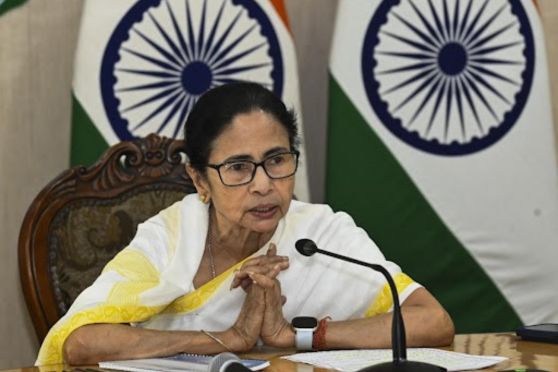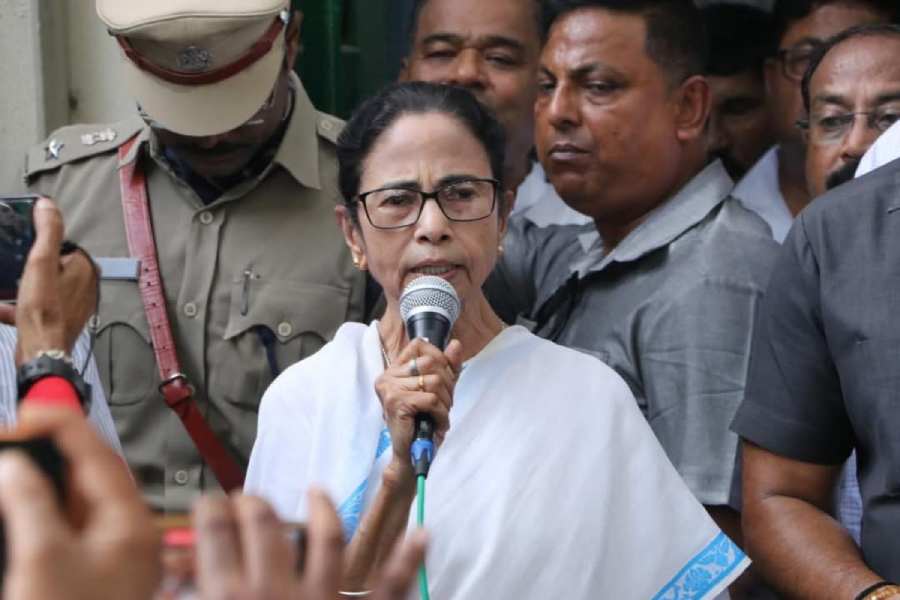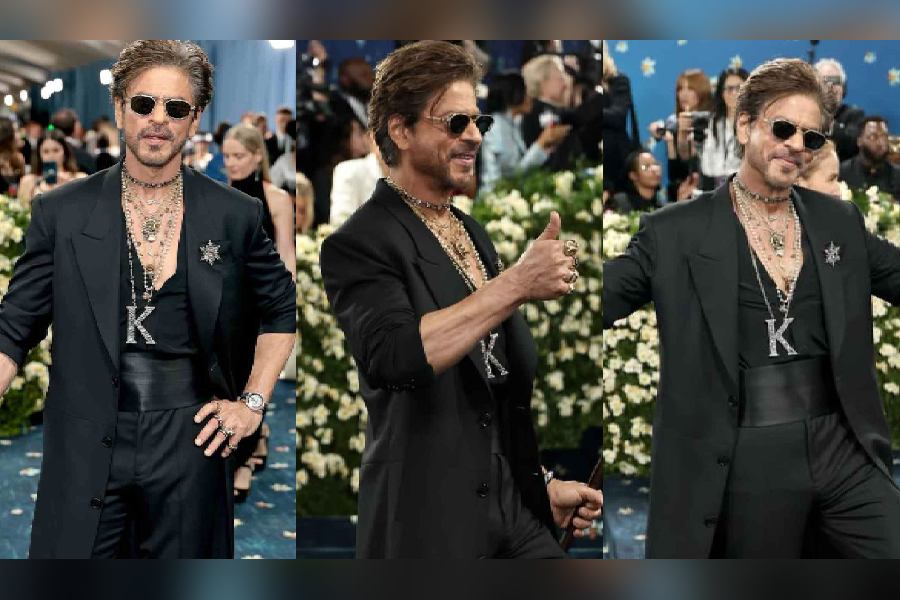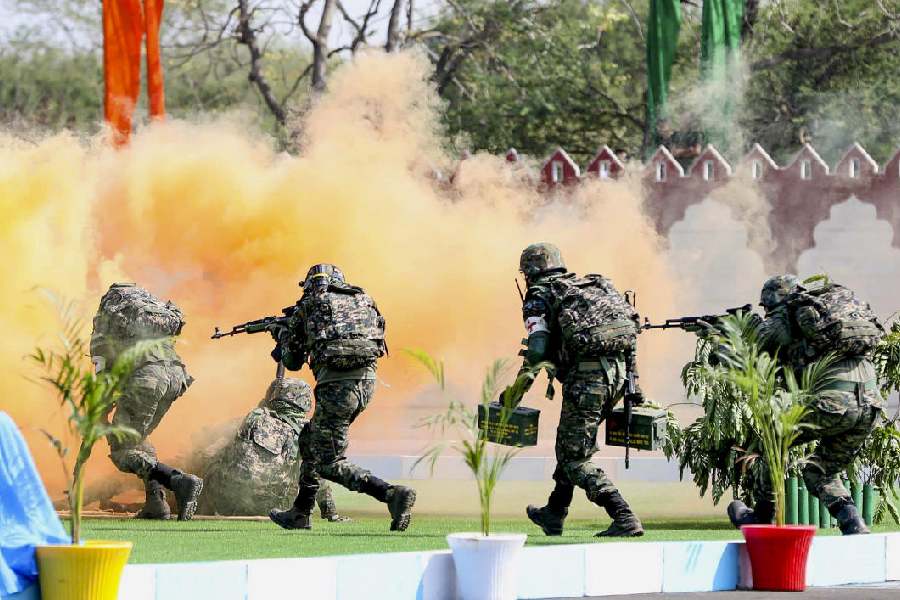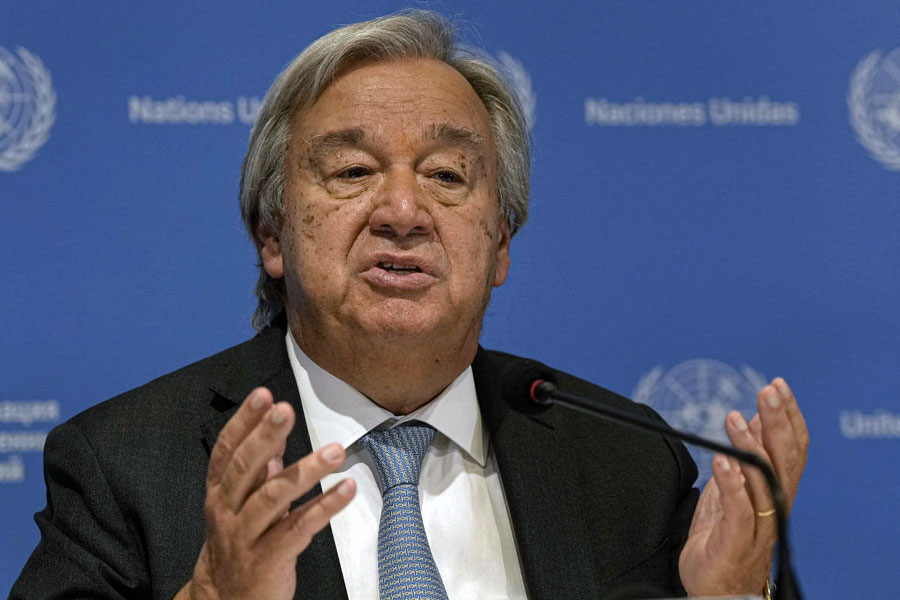MILITARISM & WOMEN IN SOUTH ASIA By Anuradha M. Chenoy, Kali for Women, Rs 250
By tracing the course of militarism in India, Pakistan and Sri Lanka, Anurdha M. Chenoy hopes to prove the extent of women's involvement with militarism - as perpetrators and as victims - to those who still ask the question, 'What do women have to do with war or peace?' Unfortunately, those who were not convinced before reading Militarism & Women in South Asia, are likely to remain so after. Chenoy's account does not offer any new evidence in tracing the major political and militant movements in each country. Her book is replete with statistics on rape and torture, which are shocking indeed, but unlikely to move the unconvinced because such figures have been enumerated before. As the ultimate aim of Chenoy's book, as with most feminist literature, is to bring about changes in policy and attitude towards women, perhaps more analysis of facts and figures, exploration of reasons and possible solutions would have been effective.
Chenoy defines 'militarism' as an 'ideology' which emphasizes the importance of 'the military over the civil... of military considerations, ideals and values over civil ones in a state.' Examples of militarism in its extreme form, cited by Chenoy, include French Bonapartism, German imperialism under Hitler and the Japanese regime during World War II. However, militarism is not limited to such militarily aggressive regimes, argues Chenoy. It is practised in some form or another in most states today. The difference is in degrees. In spite of the formation of such international bodies as the United Nations, the 20th century has seen an increase in the process of militarization, or 'the extension of military influence in civilian life' in many states.
Chenoy writes, 'Social practices often promote and inculcate militarism. Young boys are given guns and military toys and taught not to cry; and valour and heroism are associated with military stories.' Contemporary militarism, therefore, is not associated only with power politics, territorial conquest, imperialism and war, but is justified as essential to protecting those territorial boundaries, political systems, and social, cultural and economic structures and ideologies as well. It is conceived as an instrument to fight insurgency, terrorism, militancy, communal violence and secessionist movements.
Contemporary militarism glorifies the role of the military as the all-important defender and protector. Though the concerns about increased global militarization are not new, what is interesting is how Chenoy draws a parallel between this notion of militarism and patriarchal chauvinism. Both perceive men as protectors of the weak. 'Military thinking' and military values are essentially masculine in nature. All armies are based on the concept of training boys 'to bring out the man' in them. Even when women do join the military the attempt is to masculinize them and, at the same time, to relegate them to subordinate positions. The message during military training is to 'kill the woman in you'.
One of the key indicators of militarization is 'the quantum of money spent by a society on its defence or its military' in the name of national security, which has traditionally been a male domain. Expenditure on social and developmental needs, such as health, education and social welfare becomes secondary to military spending. Though this structured, state-sponsored oppression of women is less obvious than the brutal realities for women during war time, it is directly responsible for creating the conditions in which such victimization happens. 'The belief that mass rape is part of the genocide, humiliation and destruction of the 'enemy' stems from a patriarchal construction of a woman's body as symbolising the territory or 'property' of the enemy which has to be violated.'
So, oppressed in peace, women are powerless in strife. 'Women organise everyday life in war time and during social conflicts, as mothers of hurt and wounded children who are often hostages in these conflicts; as wives of killed and injured soldiers; and as civilians. More importantly women are assaulted and, humiliated, raped and murdered during conflicts that are not of their making.'
 Tuesday, 06 May 2025
Tuesday, 06 May 2025

